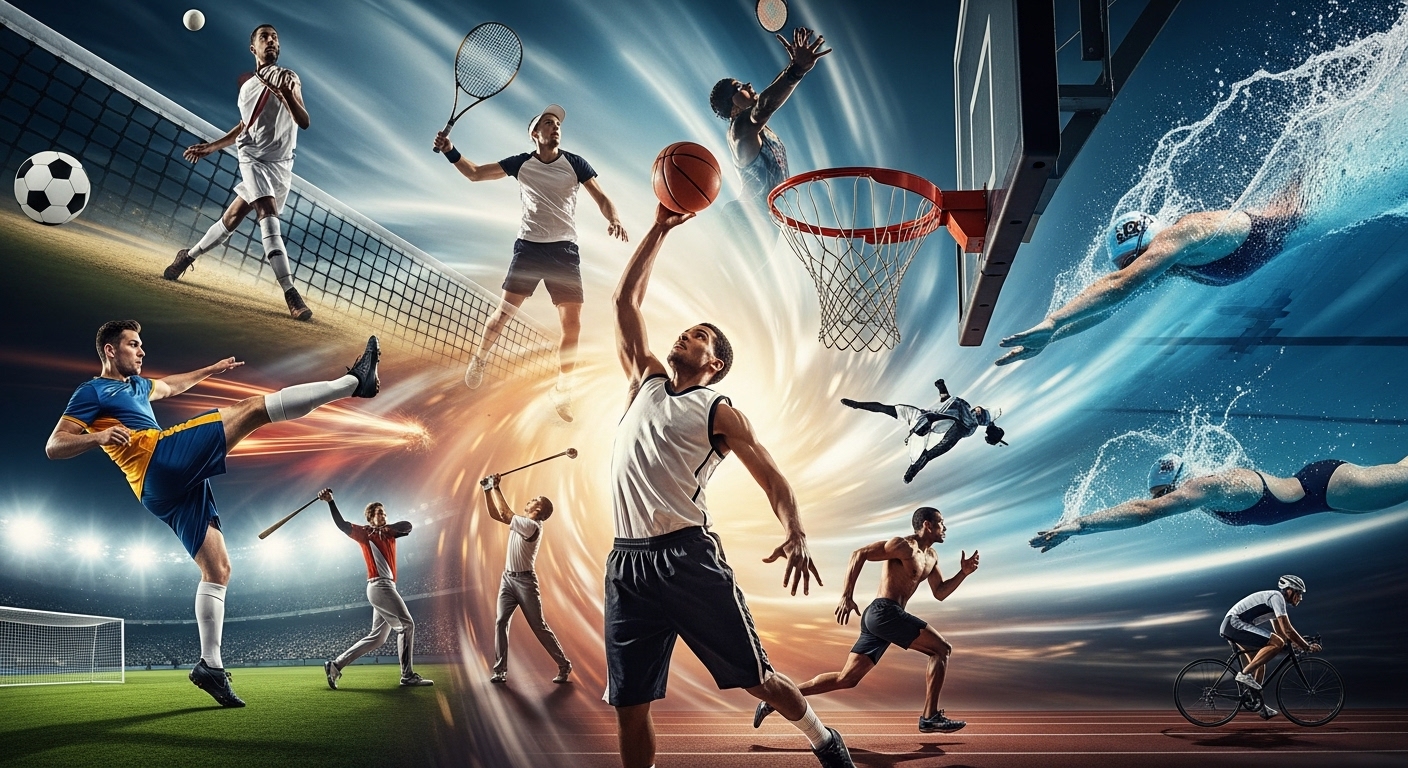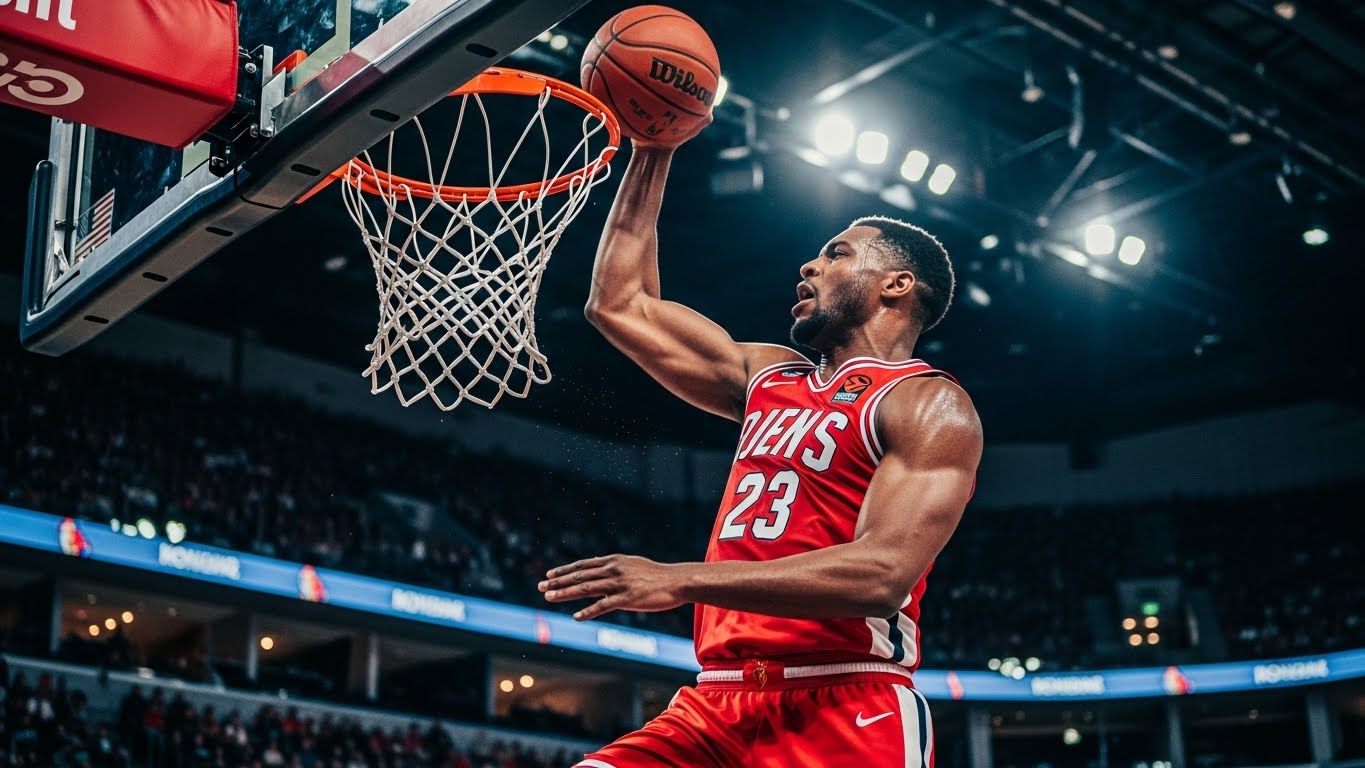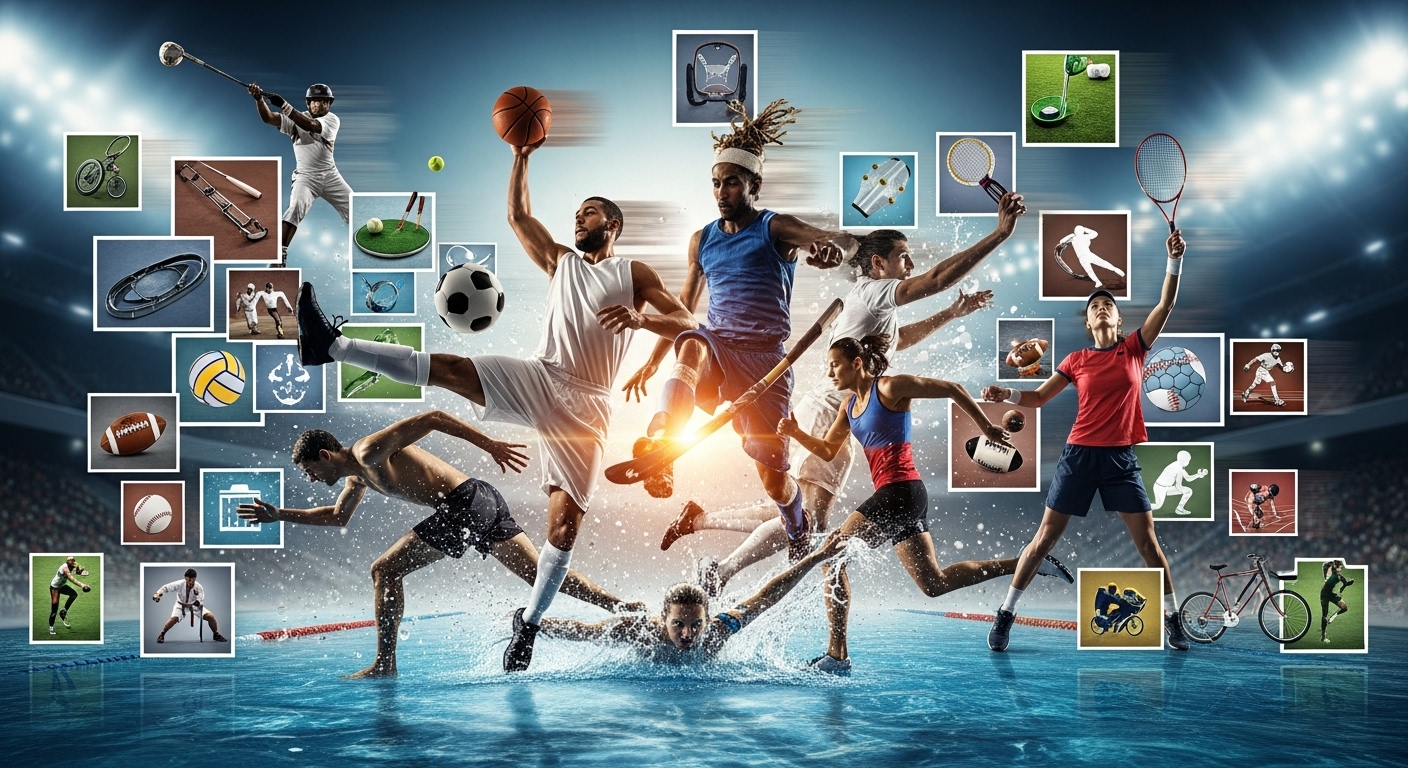Sports have been a cornerstone of human culture for centuries, providing entertainment, building communities, and promoting physical fitness. However, as we move deeper into the 21st century, the world of sports is transforming in exciting and unprecedented ways. Advances in technology, shifts in societal attitudes, and the rise of new, inclusive formats are changing the way we play, watch, and understand sports. In this blog post, we will explore the key trends that are revolutionizing the sports landscape and what they mean for athletes, fans, and the sports industry at large.
The Technological Evolution: A Game Changer for Athletes and Fans
The impact of technology on sports is undeniable. From advanced data analytics to wearable fitness trackers, technological innovations are not just enhancing the performance of athletes but also changing the fan experience.
In professional sports, data analytics has become an essential tool for optimizing team performance. Coaches and analysts are now using real-time data to make decisions during games, adjusting strategies based on player statistics and even predicting potential injuries. For example, in sports like basketball and soccer, performance metrics such as player movement, shot accuracy, and heart rate are tracked and analyzed to fine-tune training programs and in-game decisions. This wealth of data is helping teams and athletes unlock their full potential.
Moreover, wearable technology is revolutionizing training and injury prevention. Smart devices, like fitness trackers and heart rate monitors, allow athletes to monitor their physical condition, track fatigue levels, and improve recovery times. This real-time data not only boosts performance but also helps in preventing injuries before they happen, creating a safer and more efficient training environment.
For fans, technology has created more immersive and interactive ways to experience sports. The advent of virtual reality (VR) and augmented reality (AR) has brought fans closer to the action, offering virtual “front-row” seats to major sporting events, where viewers can experience the game from the perspective of the athletes themselves. Streaming services have also allowed fans to watch games from anywhere, making sports more accessible than ever before.
Esports: The Future of Competitive Gaming
While traditional sports continue to dominate the global sports scene, one of the most significant developments in recent years has been the rise of esports. Esports, or competitive video gaming, has grown into a multi-billion-dollar industry, with global tournaments attracting millions of viewers. Games like League of Legends, Fortnite, and Call of Duty have become cultural phenomena, with professional leagues and competitive teams emerging all over the world.
Esports is not just a passing trend; it is reshaping the definition of what constitutes a sport. Esports athletes, much like their traditional counterparts, train rigorously, compete in high-stakes tournaments, and gain sponsorships from major global brands. In fact, esports is now so mainstream that universities are offering scholarships for professional gamers, and high schools are even incorporating esports into their athletic programs.
The growing appeal of esports is also tied to the rise of digital platforms like Twitch and YouTube, which allow gamers to broadcast their gameplay to millions of viewers. These platforms have created an entirely new form of fan engagement, where fans can interact with players, cheer for their favorite teams, and become part of an online community centered around gaming. As a result, esports is rapidly gaining recognition as a legitimate form of competition, and its growth shows no signs of slowing down.
Inclusivity: Making Sports Accessible for All
Another significant shift in the sports world is the increasing focus on inclusivity and breaking down barriers for marginalized groups. In recent years, we have seen strides toward gender equality, racial diversity, and accessibility for athletes with disabilities, making sports more inclusive for people from all backgrounds.
Women’s sports have witnessed a surge in visibility and recognition, with leagues like the WNBA, women’s soccer, and tennis becoming more popular and widely covered. Iconic athletes such as Serena Williams, Simone Biles, and Megan Rapinoe have helped to elevate the profile of women’s sports, inspiring the next generation of female athletes and pushing for equal pay and better representation in media.
In addition to gender equality, there is an increasing focus on making sports more accessible to people with disabilities. The Paralympic Games have grown in prominence, and adaptive sports leagues are gaining momentum. Sports like wheelchair basketball, adaptive swimming, and blind football provide opportunities for athletes with disabilities to showcase their skills and compete at the highest levels. These developments are not just about providing opportunities for disabled athletes; they are also about challenging societal perceptions of disability and highlighting the immense talent and resilience of these individuals.
Furthermore, there has been a push for racial and ethnic diversity in sports. Historically, many sports have been dominated by a select group of people, but today, there is a growing movement to ensure that athletes from all racial and ethnic backgrounds have the opportunity to participate and excel. Organizations are taking steps to increase diversity within their teams, leagues, and leadership, making sports more representative of the global community.
Mental Health: A Growing Focus in Sports
Mental health has long been a taboo subject in sports, with athletes often expected to maintain a stoic and tough persona. However, in recent years, there has been a significant shift in how mental health is viewed in the sports world. High-profile athletes like Naomi Osaka, Simone Biles, and Michael Phelps have opened up about their struggles with mental health, breaking down the stigma and starting an important conversation about the pressures faced by athletes at the highest level.
The mental health movement in sports is about more than just supporting individual athletes. It is also about creating a culture in which athletes’ well-being is prioritized alongside physical performance. Teams and organizations are now recognizing the importance of mental health services, providing resources such as therapy, counseling, and stress management programs to help athletes cope with the pressures of competition.
At the grassroots level, coaches and parents are also becoming more aware of the mental health challenges that young athletes face. The pressure to succeed, the strain of balancing academics and athletics, and the fear of failure can all have detrimental effects on young athletes’ mental health. By addressing these issues early and fostering a supportive environment, we can help the next generation of athletes navigate the demands of sports without compromising their well-being.
The Globalization of Sports: New Opportunities and Challenges
One of the most exciting trends in modern sports is the increasing globalization of athletic competition. With the rise of digital platforms, sports are no longer confined by geographic boundaries. Major sporting events like the Olympics, the FIFA World Cup, and the NBA Finals attract viewers from all over the world, and social media has created a global community of sports fans who can connect, share, and discuss their favorite teams and athletes in real-time.
This globalization has also opened up new opportunities for athletes, particularly those from countries or regions that may have been previously overlooked by traditional sports leagues. Athletes from emerging markets now have more opportunities to showcase their talents on the global stage, and the international nature of sports means that fans from different cultures can bond over their shared love of the game.
However, this shift also comes with challenges. The commercialization of sports has led to a greater emphasis on profit over player well-being, and the increasing demands on athletes to perform at an elite level can sometimes take a toll on their personal lives and mental health. As sports continue to grow in popularity worldwide, it will be crucial to find a balance between global expansion and the ethical treatment of athletes.
Conclusion: Embracing Change and Looking Forward
The future of sports is exciting, filled with innovation, inclusivity, and growth. Technology is enhancing the way athletes train and compete, while esports is proving that competition can extend beyond traditional formats. The increasing focus on mental health and inclusivity is ensuring that sports are accessible and welcoming to all, and the globalization of sports is bringing athletes and fans together in ways we’ve never seen before.
As the sports landscape continues to evolve, it’s clear that the future of sports will be defined by change. Whether it’s through new technology, breaking down barriers, or expanding the scope of competition, one thing is certain: sports will continue to inspire, unite, and challenge us for generations to come. The revolution is underway, and it’s an exciting time to be a part of it.



